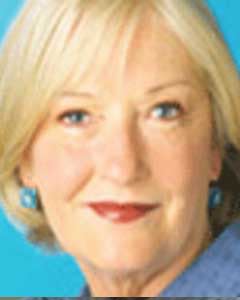Hot cross. Too cool for school?
Photo: Shutterstock
In most European languages, the word for Easter starts with a P-in some variation of Pesach, the Hebrew word for Passover: Paques (French), Pasen (Dutch), Paske (Danish) Pasqua (Italian), Pascua (Spanish), and Paskha (Russian).
But English- and German-speaking countries stand apart, opting instead for Easter and Ostern, respectively. According to the 8th-century English church historian, the Venerable Bede, Easter appears to be derived from Eostre (or Eastre), a Saxon mother goddess of fertility and renewal whose feast was celebrated during April as Eostur-monath (month). The name may have links to Ostara, a nordic goddess of the dawn and spring.
Turning from Easter names to Easter treats, hot cross buns, with their traditional etched or iced transecting lines, are thought to be of pre-Christian origin, with their round shape representing the moon and the cross indicating not the crucifixion but the four phases of the moon-or perhaps the four seasons. While early Christians were adept at incorporating pagan symbolism into the visual expression of their faith-think of the Celtic cross-modern Christian countries seem to be taking the opposite route.
A few years ago, several local authorities in the U.K. banned these buns from schools on the grounds that their cruciform symbolism might offend non-Christians!





